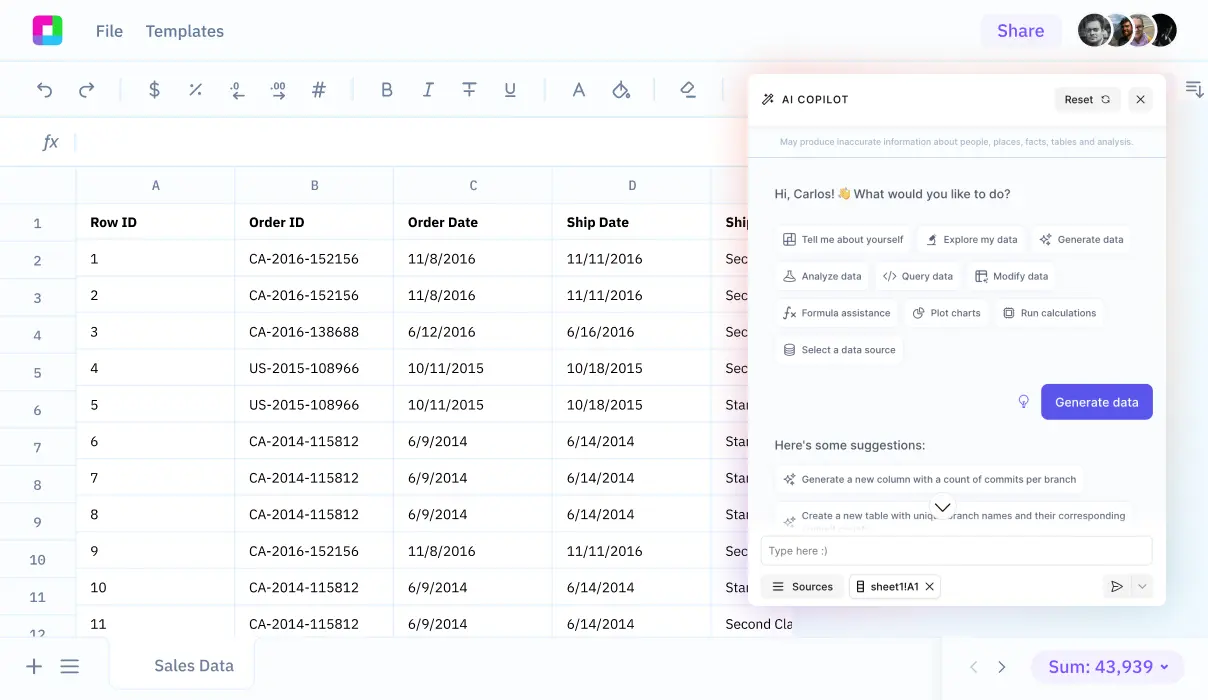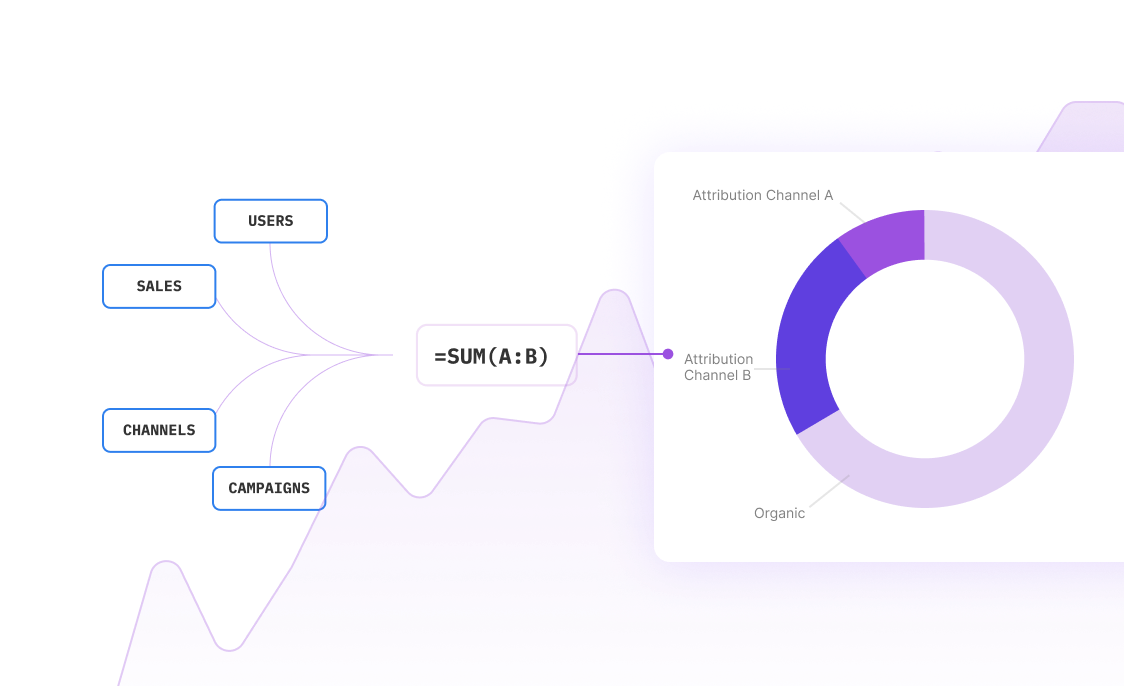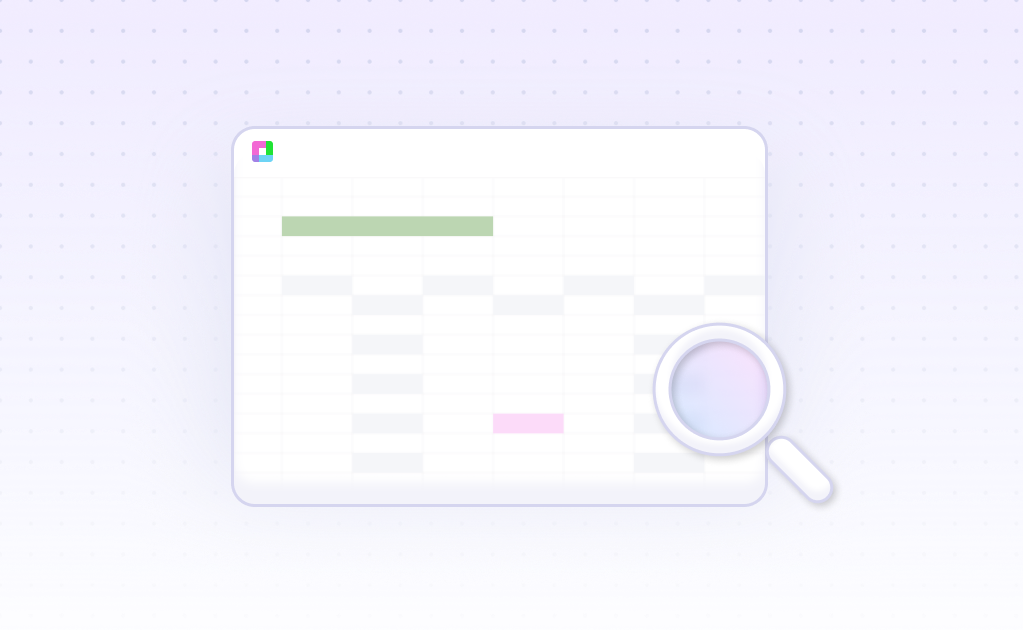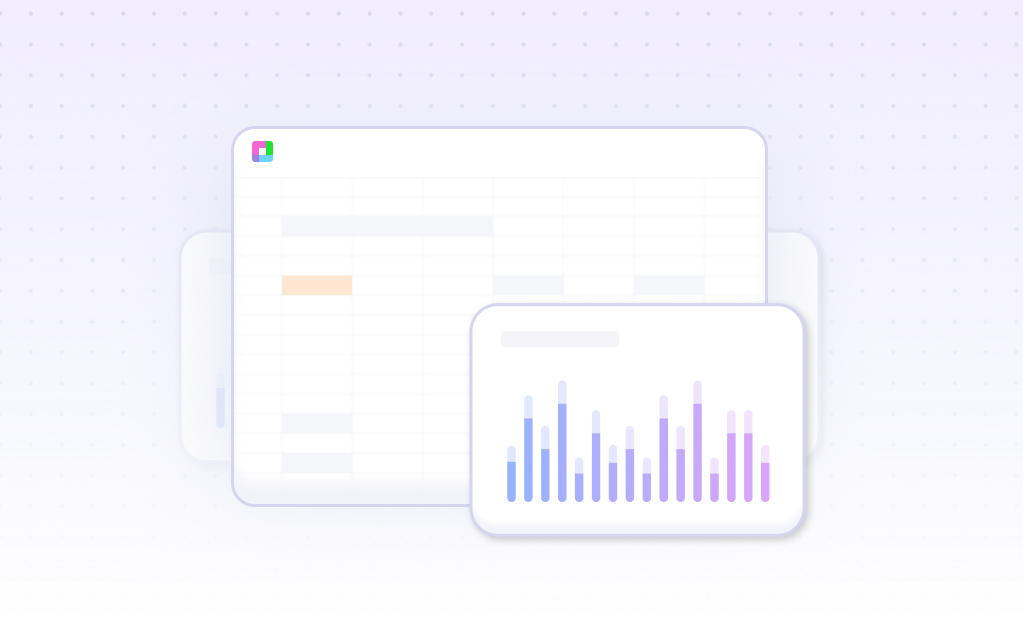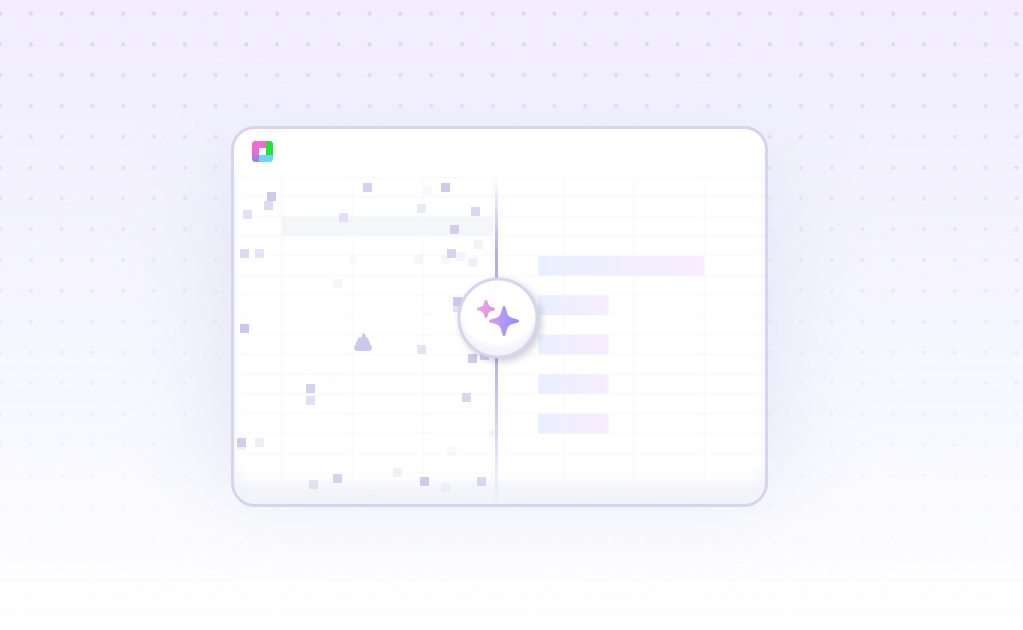
Introduction
Financial distress analysis helps companies identify and prevent potential financial crises. Excel's powerful features, including Monte Carlo simulations, Value at Risk calculations, and stress testing, enable detailed financial modeling and risk assessment. Through Data Tables, PivotTables, and VBA automation, analysts can evaluate multiple scenarios and track key performance indicators.
Sourcetable offers an AI-powered alternative to traditional Excel analysis. This innovative platform automates complex spreadsheet tasks, generates formulas, and creates interactive visualizations. With SQL and Python integration, voice-driven interactions, and automatic data cleaning, Sourcetable simplifies financial analysis for users of all skill levels.
Discover how Sourcetable's AI capabilities streamline financial distress analysis at sourcetable.com/signup.
Sourcetable: The Superior Platform for Financial Distress Analysis
Sourcetable's AI-powered capabilities transform financial distress analysis through automated data extraction and advanced predictive analytics. While both Sourcetable and Excel offer basic spreadsheet functionality, Sourcetable's integration of KAM disclosures from expanded audit reports provides deeper insights into financial distress indicators.
Enhanced Predictive Capabilities
Sourcetable's natural language processing enables identification of entity-level and account-level KAMs that signal financial distress. These indicators, particularly those affecting profitability and solvency, offer predictive insights for subsequent periods that Excel cannot match.
Automated Analysis Features
Unlike Excel's manual processes, Sourcetable automates data extraction and provides real-time error detection. Its AI-powered research capabilities streamline the analysis of KAM disclosures, while maintaining a comprehensive audit trail for regulatory compliance.
Collaborative Advantages
Both platforms support multi-user collaboration, but Sourcetable's integration of ChatGPT functionality allows teams to generate instant visualizations and reports from complex financial data. This combination of AI analytics and collaborative features makes Sourcetable the optimal choice for modern financial distress analysis.
Benefits of Financial Distress Analysis with Sourcetable vs Excel
Financial distress analysis helps investors assess a company's current and future financial health. In today's data-driven environment, choosing the right analysis tool is crucial.
Why Choose Sourcetable for Financial Analysis
Sourcetable's AI-powered platform offers superior data analysis capabilities compared to traditional Excel. The software provides fast, reliable processing of CSV files with easy organization and visualization features.
While Excel relies on multiple AI tools like Copilot for integration, ChatGPT for text analysis, and Tableau for visualization, Sourcetable combines these capabilities in one powerful platform. Its built-in AI assistant streamlines the entire analysis process.
Key Advantages of Sourcetable
Sourcetable excels in data organization, visualization, and analysis - three critical components of financial distress assessment. The platform's reliability and speed enable efficient processing of complex financial datasets.
Financial Distress Analysis with AI-Powered Spreadsheets
AI-powered spreadsheet tools automate crucial financial analysis workflows while minimizing human error. These tools enable faster scenario analysis, financial forecasting, and trend analysis for distressed organizations.
Types of Financial Analysis
Modern spreadsheet platforms efficiently perform multiple analysis types: scenario and sensitivity analysis, variance analysis, valuation analysis, leverage analysis, growth analysis, efficiency analysis, cash flow analysis, and rate of return analysis.
Real-World Applications
During the COVID-19 pandemic, AI-powered analysis helped nonprofits assess financial distress factors including labor shortages, rising costs from inflation, reduced philanthropic giving, and expired government relief programs.
Restructuring Analysis
AI tools automate analysis of restructuring options including bankruptcy scenarios, asset sales, property transfers, contract terminations, and Assignment for Benefit of Creditors (ABC) processes. The platforms provide real-time visibility into liquidation and reorganization scenarios.
Automated data cleaning, categorization, and report generation allow organizations to focus on developing strategic solutions rather than manual spreadsheet tasks.
Financial Distress Analysis Use Cases with Sourcetable
Panel Regression Analysis |
Process multi-year financial data across companies to examine relationships between waste management practices and financial distress through industry- and year-fixed effects analysis. |
Two-Stage Least Squares Analysis |
Conduct robustness checks using |
Alternative Measures Assessment |
Analyze multiple financial distress indicators and waste management metrics to determine correlations and impacts across different measurement approaches. |
Green Initiative Impact Analysis |
Evaluate how green initiatives moderate the relationship between waste management practices and financial distress through comprehensive data analysis. |
Frequently Asked Questions
What is financial distress analysis and what can it predict?
Financial distress analysis is a data analytics approach that can predict both financial distress and bankruptcy in companies. By combining accounting data, market information, and macroeconomic indicators, it enables early detection of financial sector distress.
What data sources can be used in financial distress analysis?
Financial distress analysis can integrate data from multiple sources, including accounting data, stock market information, and macroeconomic environment indicators. Modern spreadsheet tools enable the integration of these different data sources to improve analysis accuracy and reliability.
How do modern spreadsheet tools enhance financial distress analysis?
Modern spreadsheet tools improve financial distress analysis by enabling long-term projections, reducing errors, and increasing efficiency and reliability. They allow for the integration of data from different sources and help obtain accurate information.
Conclusion
Excel remains a powerful tool for financial distress analysis through its advanced features like Monte Carlo simulations, Value at Risk calculations, and stress testing. Users can leverage Power Query for data cleaning, Power Pivot for large dataset management, and VBA for automation of complex calculations and reports.
Sourcetable offers an AI-powered alternative that simplifies this analysis. Its AI-driven formula generation, automatic chart creation, and data cleaning capabilities eliminate the need for advanced Excel expertise. The platform integrates with SQL and Python for sophisticated analysis while providing voice interaction for improved accessibility.
Whether you're conducting risk assessments, modeling financial scenarios, or performing stress tests, Sourcetable streamlines the process through automation and AI insights. Experience the future of financial distress analysis by signing up for Sourcetable today.
Frequently Asked Questions
If you question is not covered here, you can contact our team.
Contact Us
